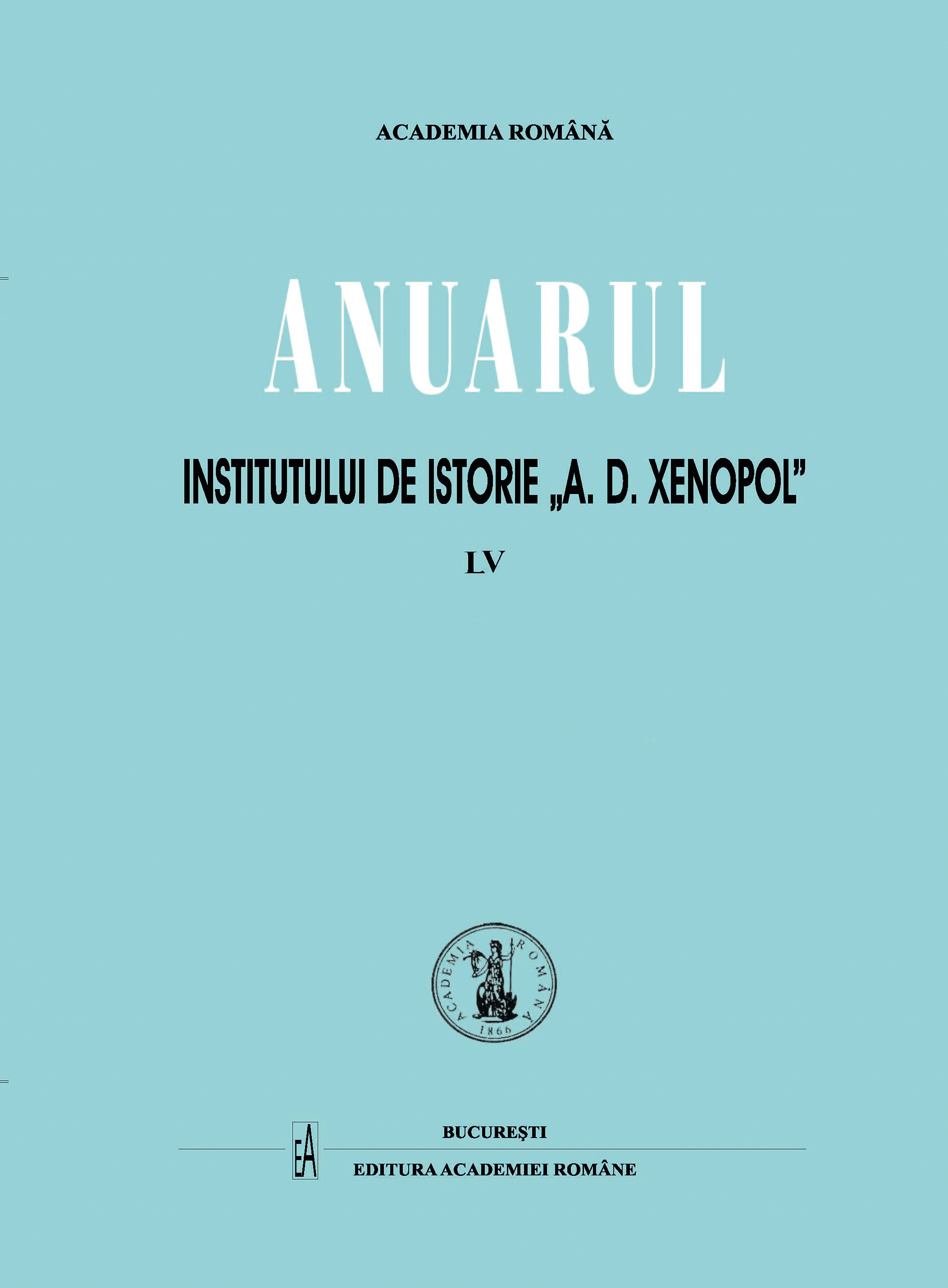ECONOMIC STATUS OF MOLDAVIAN MONASTERIES IN THE 18th CENTURY. NOTES ON INCOME AND EXPENSE LISTS
ECONOMIC STATUS OF MOLDAVIAN MONASTERIES IN THE 18th CENTURY. NOTES ON INCOME AND EXPENSE LISTS
Author(s): Marius ChelcuSubject(s): History, Economic history, Modern Age, 18th Century
Published by: Editura Academiei Române
Keywords: monastic economy; income and expense lists; taxes; fees; revenues;
Summary/Abstract: The church’s right to property is founded on the Holy Scriptures, and particularly on one of Christ’s injunctions “to share everything with one’s neighbour.” It is stated that without material resources, the church could not offer comfort to “the weary and the thirsty” and could not practice the virtue of Christian mercy. Therefore, the Church, regarded as a social organism and in order to meet the needs of the Christian divine service, has always been in need of earthly property for the support of its servants and to help those who needed its protection. “Support of the needy” has actually been the strongest justification for the acquisition of properties, as the protection of the poor, of the sick, of widows and of orphans has led the church towards the accomplishment of one of its primary goals. The Monastery Immaculate Mother of God in Roman is a religious foundation created in the mid-eighteenth century, during the rule of Prince Constantin Racoviță. Our research starts from the contents of an income and expense lists, a document was elaborated in the month of June 1785. It had two sections covering four pages. In the first and shorter section, incomes were written down, while the second one (more complicated) contained the expenditures.
Journal: Anuarul Institutului de Istorie »A.D. Xenopol« - Iaşi
- Issue Year: LV/2018
- Issue No: 55
- Page Range: 41-47
- Page Count: 7
- Language: English

